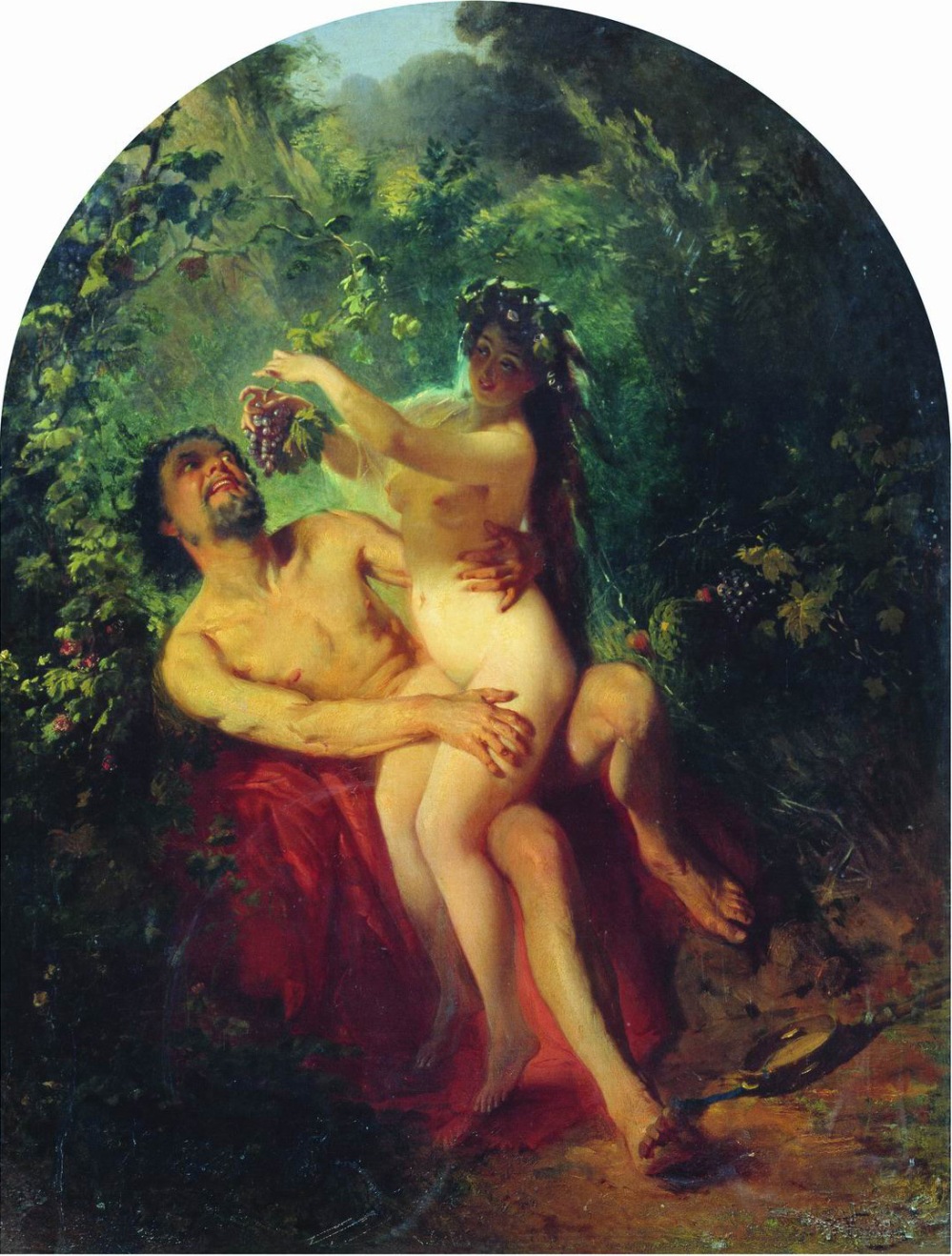
Konstantin Makovsky was born in Moscow on June 20, 1839. His father was the Russian art figure and amateur painter, Yegor Ivanovich Makovsky. His mother was a composer, and she hoped her son would one day follow in her footsteps. His younger brothers Vladimir and Nikolay and his sister Alexandra also went on to become painters.
In 1851 Makovsky entered the Moscow School of Painting, Sculpture, and Architecture where he became the top student, easily getting all the available awards. His teachers were Karl Bryullov and Vasily Tropinin. Makovsky’s inclinations to Romanticism and decorative effects can be explained by the influence of Bryullov.
Although art was his passion, he also considered what his mother had wanted him to do. He set off to look for composers he could refer to, and first went to France. Before, he had always been a classical music lover and listened to many pieces. He often wished he could change the tune, or style of some of them to make them more enjoyable. Later in his life, it came true.
A significant change in his style occurred after traveling to Egypt and Serbia in the mid-1870s. His interests changed from social and psychological problems to the artistic problems of colors and shape.
In the 1880s he became a fashioned author of portraits and historical paintings. At the World’s Fair of 1889 in Paris, he received the Large Gold Medal for his paintings Death of Ivan the Terrible, The Judgement of Paris, and Demon and Tamara. He was one of the most highly appreciated and highly paid Russian artists of the time. Many democratic critics considered him as a renegade of the Wanderers’ ideals, producing (like Henryk Siemiradzki) striking but shallow works, while others see him as a forerunner of Russian Impressionism.

(Source: Wikipeadia)
I do see him being a forerunner to Impression by looking at this piece. I also think some of William Etty’s pieces, (Etty was also a romantic) are precursors to Impressionism.
LikeLike
Hey Jonathan, thanks for stopping by. I can see the similarities as well.
LikeLike